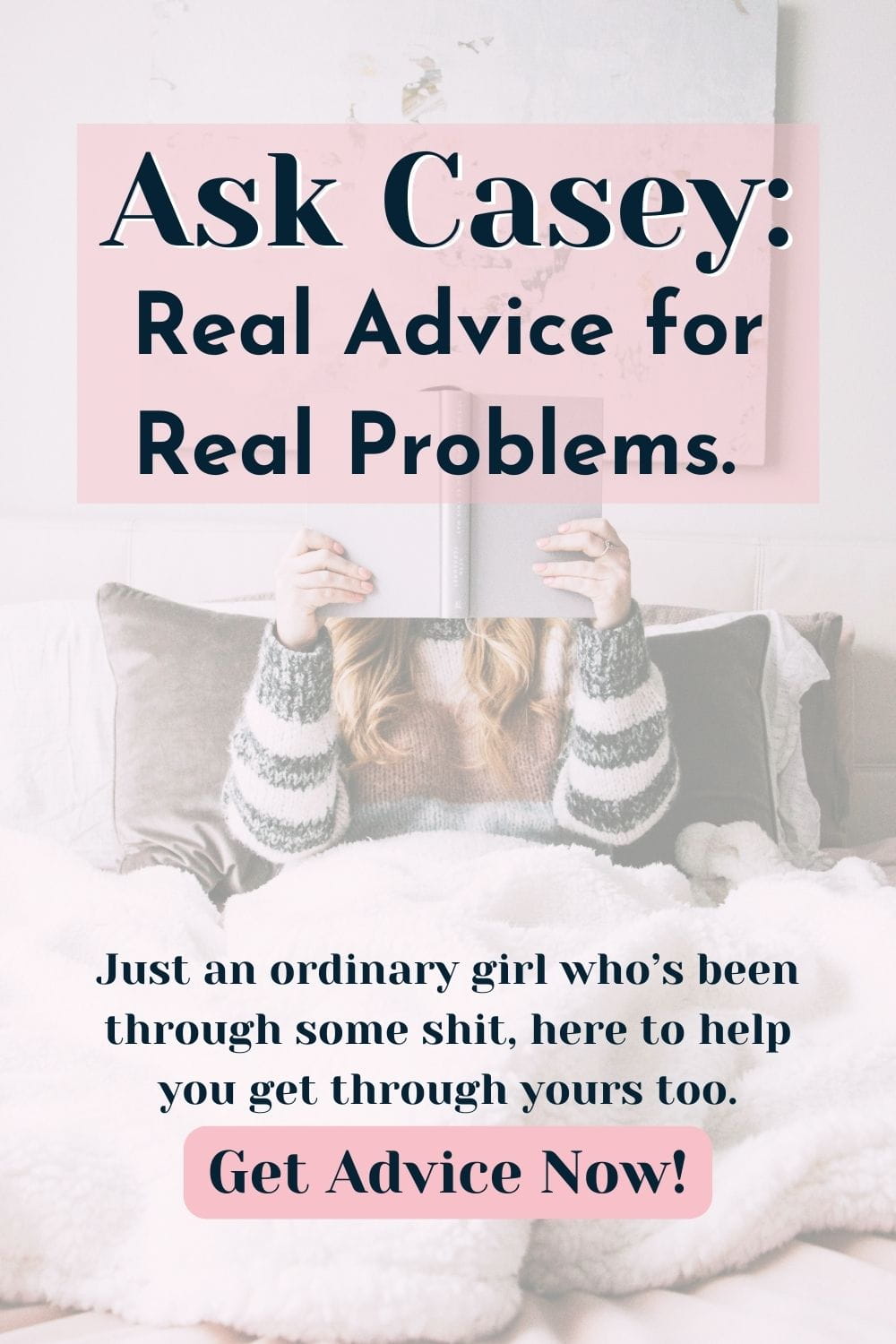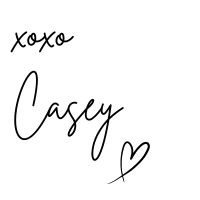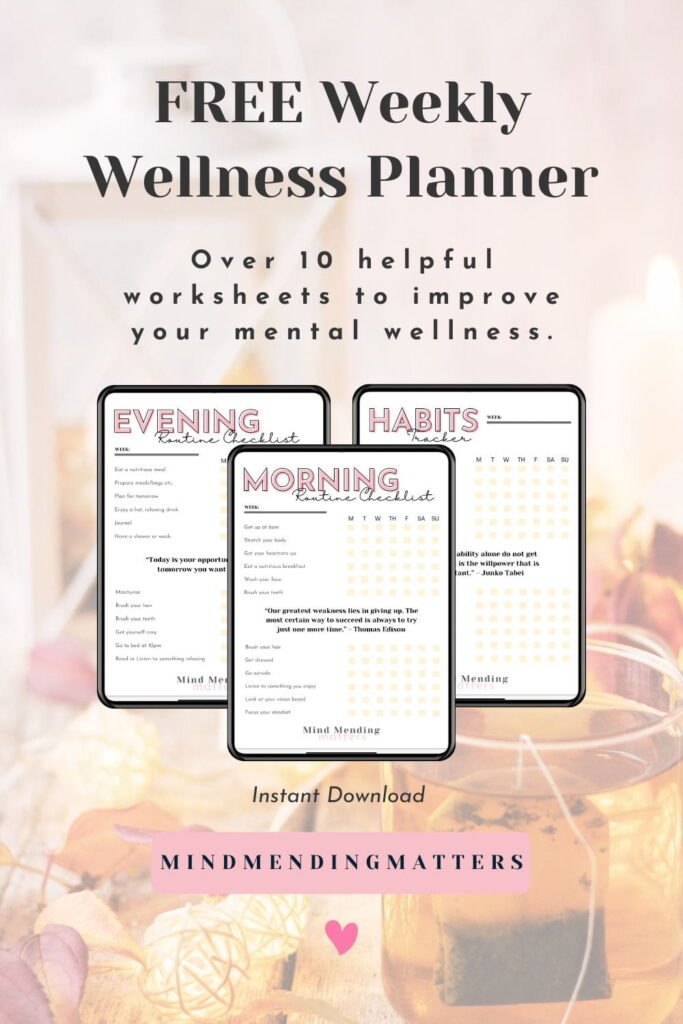Hey there my lovely. I see you. You’ve been running on empty for way too long, haven’t you? Burnout sneaks up when we’re juggling everything at once—work, emotions, relationships, maybe even trying to hold onto who we are underneath it all. And suddenly, it feels like there’s nothing left to give. But you don’t have to stay here. You can heal from burnout, and I want to help you take the first steps.
I’ve been where you are now. Burnout isn’t just about being tired—it’s feeling completely emptied out, like you’ve been running on fumes for so long, you don’t even know what it feels like to be full anymore. I remember the fog, the constant pressure, the moments where even the smallest task felt like climbing a mountain.
But here’s the truth: you don’t have to live this way. You can heal from burnout, and while it’s not an overnight fix, there are real, tangible steps you can take to reclaim your energy and peace of mind. Let’s take this one step at a time—together.

Busy Bee??…. Pin me for later!
How To Heal From Burnout
Step 1: Acknowledge You’re Burnt Out (It’s More Than Just Stress)
Burnout isn’t just about being physically tired—it’s mental, emotional, and even spiritual exhaustion. And it’s okay to admit that you’re feeling this way. I used to push myself, thinking I could just “get through it,” but ignoring the signs only made it worse. Recognising burnout is the first step toward healing.
Here’s what it might look like:
- Feeling detached from things you used to enjoy.
- Constantly overwhelmed, even by simple tasks.
- Emotional numbness or irritability.
- Trouble focusing or feeling mentally ‘foggy.’
- Physical symptoms like headaches, muscle pain, or trouble sleeping.
- Inability to carry out basic self-care tasks such as washing and dressing
If this sounds familiar, know that it’s not a weakness—it’s your body and mind waving a red flag, asking for rest and care.
Step 2: Rest Without Guilt (Yes, It’s Possible)
I get it—resting feels impossible when there’s a mile-long to-do list staring you in the face. But burnout won’t go away by pushing harder. In fact, that’s how it started, right? We tell ourselves, “I’m okay”, “Just a little more,” until there’s nothing left to give.
To start healing, you need to give yourself permission to rest, and I mean truly rest. Not scrolling on your phone in bed while feeling anxious about the emails piling up—but real, guilt-free rest.
Here’s how you can start:
- Schedule downtime: Block out periods on your calendar where nothing is required of you. Protect that time fiercely even if it’s just 30 minutes in the evening.
- Create a ‘rest ritual’: Whether it’s reading, taking a bath, meditating, or simply lying down in a quiet room, make rest a daily habit, not a rare luxury.
- Stop glorifying busyness: This one’s tough, but recognise that your worth isn’t tied to how busy you are. You don’t need to prove anything by pushing through your limits.
Remember, you are worthy of rest—it’s a form of self-love, not laziness.

Step 3: Reassess Your Priorities (You Don’t Have to Do It All)
One thing that hit me during my own burnout was the realisation that I was doing too much for others and too little for myself. Your time and energy are valuable—and it’s okay to reassess what really matters.
Here’s how you can start:
- Make a list of your commitments: Work, family, social obligations—write them all down.
- Rank them by importance: What truly needs your attention right now? What can be postponed, delegated, or even dropped entirely?
- Say ‘No’: Practice the art of saying no. It’s okay to decline invitations, push back deadlines, or ask for help. Setting boundaries isn’t selfish—it’s self-preservation.
Step 4: Set Boundaries to Protect Your Energy
Speaking of boundaries, let’s talk about why they’re so important. Burnout often happens when we’re overextended—emotionally, mentally, and physically. Boundaries are how we draw a line to protect ourselves from taking on too much.
Here’s how you can start setting boundaries in a way that feels empowering:
- At work: Limit your availability. Stop answering work emails after hours. Let people know when you’re not available for non-urgent requests.
- In relationships: It’s okay to say no to social events or difficult conversations when you’re not feeling up to it. You’re allowed to protect your peace.
- With yourself: Don’t fall into the trap of being your own harshest critic. Set boundaries with how much you expect of yourself on any given day.
Boundaries aren’t walls; they’re guidelines for how to protect your energy. Trust me, setting them feels empowering.

Step 5: Reconnect with What Lights You Up
Here’s a big one: when was the last time you did something just because it made you happy? Burnout can make it hard to remember what even brings you joy, but reconnecting with those things is key to healing.
Here’s how to start:
- Small joys: Even 10 minutes of doing something you love—reading, walking, doodling—can make a huge difference. What used to make you smile? Try bringing a few of those things back.
- Get outside: Nature is a healer. Go for a walk, breathe in fresh air, and just let yourself be. Studies show that even a few minutes outside can lower stress levels.
- Create space for hobbies: Think about something you’ve always wanted to try or get back to. It doesn’t have to be perfect, it just has to be something for you. Check out these amazing Hobbies for Mental Wellness for inspiration!
Rebuilding your relationship with joy is a huge part of healing from burnout. Small steps lead to big changes, and over time, those small moments of happiness will start to add up.
Step 6: Mental and Emotional Strategies to Rebuild Resilience
Burnout affects us deeply on an emotional and mental level, so healing also means strengthening those inner resources.
Here’s how you can start working on that:
- Practice mindfulness: Even just five minutes of deep breathing or a quick body scan can help calm your mind and bring you back to the present moment.
- Journaling: Writing out your feelings—without judgment—can be incredibly therapeutic. Sometimes just getting those overwhelming thoughts out of your head and onto paper is a huge relief.
- Affirmations: Burnout often chips away at your self-worth. Remind yourself that you are worthy of rest, healing, and happiness. A simple affirmation like “I am enough” can be powerful in shifting your mindset.
- Talk it out: Whether with a therapist, a close friend, or even an online community, don’t carry the weight of burnout alone. Sometimes just being heard can make all the difference.

Step 7: Give Yourself Time (Healing Isn’t Linear)
Finally, I want to remind you that healing from burnout takes time. It won’t happen overnight, and that’s okay. Be patient with yourself—progress can feel slow, but each small step forward matters. Some days will be easier than others, and that’s part of the process.
Here’s the truth: you’re not defined by burnout. You are so much more than your exhaustion, and you deserve to feel whole and vibrant again. It’s going to take time, but you’ll get there, one step at a time.
You are worthy of rest, joy, and healing. I believe in you.













